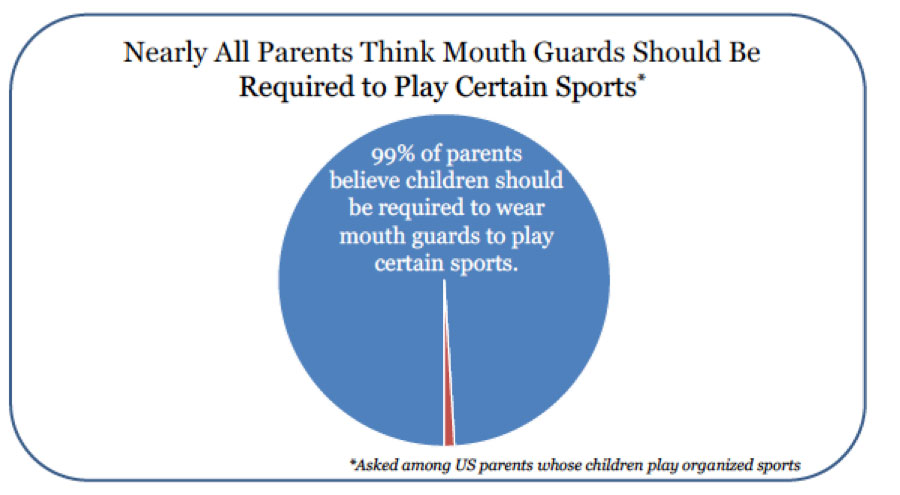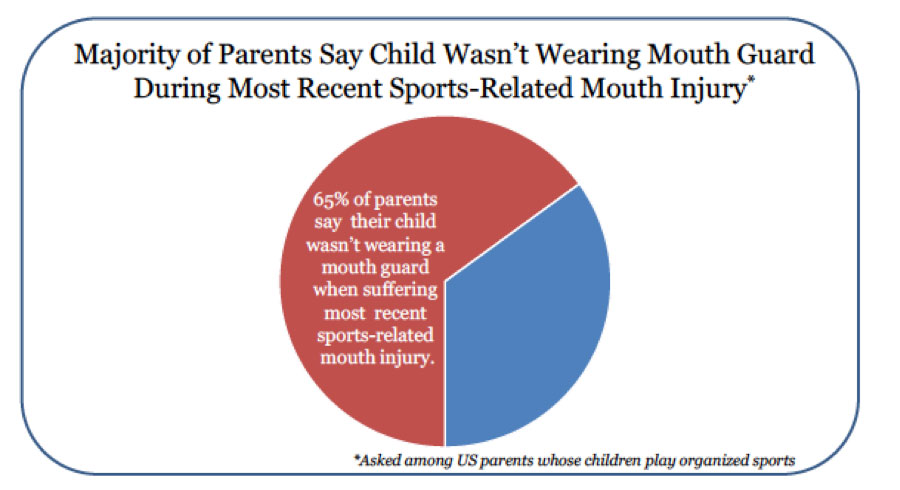Every year, millions of children and teenagers undergo orthodontic treatment.
Orthodontics not only increases the attractiveness of a smile, it can reduce a person’s risk for oral disease and prolong the lifespan of biological teeth.
In fact, for many people, orthodontics during childhood or one’s teenage years is seen as a rite of passage. It is an important aspect of establishing the foundation for oral health by aligning teeth and one’s bite to as healthy of positions as possible. NRH Orthodontics offers focused, state-of-the-art care that is tailored to the unique needs of each person. Dr. Fallah is a Specialist in Orthodontics and Dentofacial Orthopedics, and our practice has straightened thousands of smiles over the years.
Orthodontics in Phases
For children, orthodontic treatment might be broken up into phases. Also known as “early interceptive orthodontics”, breaking treatment up into phases can be very beneficial.
Early Interceptive Orthodontics (Phase I)
This the first phase of treatment typically occurs between the ages of seven and ten. Phase 1 treatment focuses on taking advantage of growing facial bones to create room for the emergence of adult teeth. For instance, Phase I treatment could involve extracting stubborn baby teeth and increasing the size of the jaw with expanders. Increasing the size of the palate or width of the jaw creates extra room for teeth to move. Sometimes, Phase I treatment can eliminate the need for invasive appliances later on in a child’s life.

Phase II Treatment
Phase II treatment begins after all adult teeth have erupted. This phase of treatment aligns teeth by applying consistent but gentle force to teeth. As spacing issues resolve, teeth will appear noticeably straighter in a matter of months. After treatment is complete, patients will wear retainers to prevent teeth from moving back to their previous positions.

Stay on Track with Ease
At NRH Orthodontics, we offer DentalMonitoring for your convenience. Dr. Fallah uses this technology for regular remote checkpoints, helping you stay on track. Communicate easily with our team through the in-app messaging system. The before/after feature keeps you motivated by showing your smile transformation, and the gamified DM app makes the journey enjoyable!

Orthodontics, Breathing Difficulties, And Disordered Sleep
Alignment abnormalities can affect a child’s ability to bite and chew, make oral hygiene more difficult, and make them self-conscious about how they look. What malocclusion can also affect is their breathing. These issues with spacing and positioning can create airway obstructions that cause children to experience breathing limitations. During the night, this can keep them from fully and effectively resting.
Knowing the signs of disordered sleep in kids and teens can help you identify when poor alignment is more than just a cosmetic matter. Our practice can help you determine if airway obstructions need to be addressed so that your child can sleep through the night. The right corrective care can lead to many improvements in their health, behavior, and quality of life along with their smile!
Teen Orthodontics and Sports
Almost every teenager wants a straight, beautiful smile. A straight smile is an important social asset associated with youth, vigor, and health. Teens receiving treatment have different options for clear aligner treatment, such as Invisalign or Spark Clear Aligners.
Custom Mouthguards
One of our services that is incredibly beneficial to many teenagers is prescription mouthguards. A custom mouthguard is a wonderful way to protect your child from facial trauma caused by contact sports and other high-risk physical activities. Since a mouthguard from our practice is custom made, teens’ oral appliances will fit perfectly over teeth so that it can provide optimal protection from hard and soft tissue injuries.


For more information on treatment for children and teenagers, call or text NRH Orthodontics today!
Children and Teens FAQs
Children should actually see an orthodontist quite early on. The American Dental Association and the American Association of Orthodontists recommends that children visit an orthodontist by the age of seven, unless recommended earlier. The reason age seven is advised is because orthodontic treatment can be broken up into phases and the first phase of treatment can begin as early as age seven.
Also called Early Interceptive Orthodontics, phase one treatment can ensure that emerging adult teeth have enough space to erupt by expanding the palate and the still-developing mandibles. For instance, the need for headgear can be greatly reduced with early interceptive orthodontics.
Most dental insurers provide some coverage for children’s orthodontic care. Insurance coverage varies so it is very important to check with your provider to determine the extent of coverage for your treatment.
Yes, children can continue to lead active, healthy lifestyles while receiving orthodontic treatment. It is recommended, however, that those who engage in high-risk physical activities like skateboarding or contact sports like football wear custom mouthguards and other necessary protective gear. We know that sports are great for children’s physical and social development and we strive to make treatment as comfortable as possible so that there are minimal disruptions to one’s daily life.
The cost varies. While most of us are familiar with common orthodontic appliances like brackets and wires, orthodontics actually utilizes many different types of appliances and treatment protocols to align and space teeth properly. Some appliances take advantage of a patient’s still-developing jaws to expand the size of the mouth so that room can be created for emerging teeth. Every patient’s needs are different and every person responds to treatment at different speeds. Since time and types of treatment vary, it is best to receive an estimate from our team after your consultation. This estimate will be based on our orthodontist’s specific treatment recommendations.
We recommend orthodontic services for patients in order to address more than just worries about the cosmetic effects of poor spacing. Malocclusion can be tied to additional developmental issues that create disruptions in the airways that interfere with sleep and cause other quality of life and health problems. When you think something is wrong, or when your pediatric dentist observes a concern, prioritizing an appointment can ensure treatment occurs before there are further complications.


